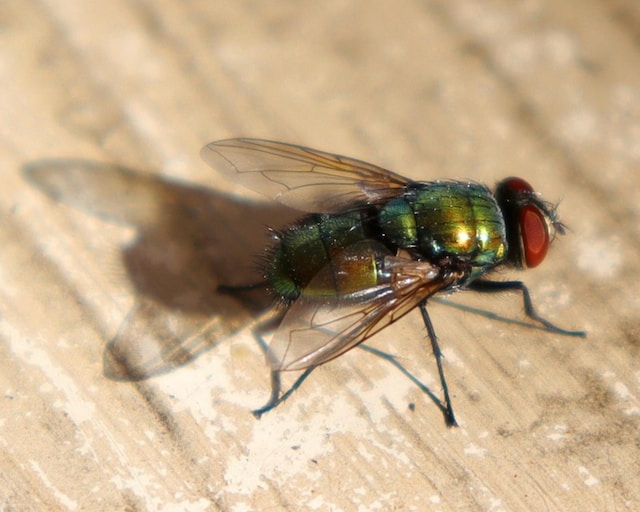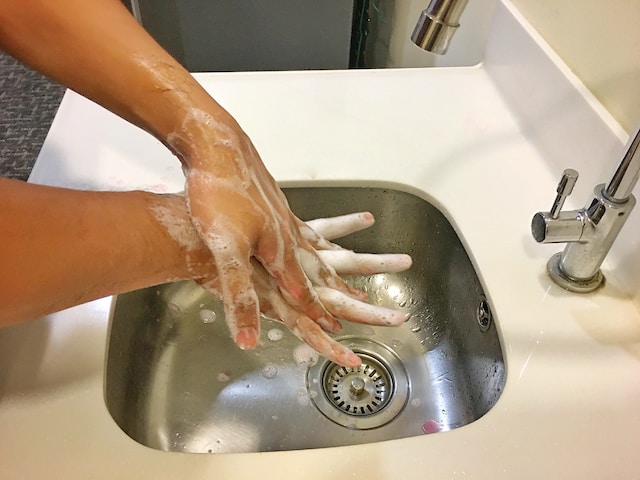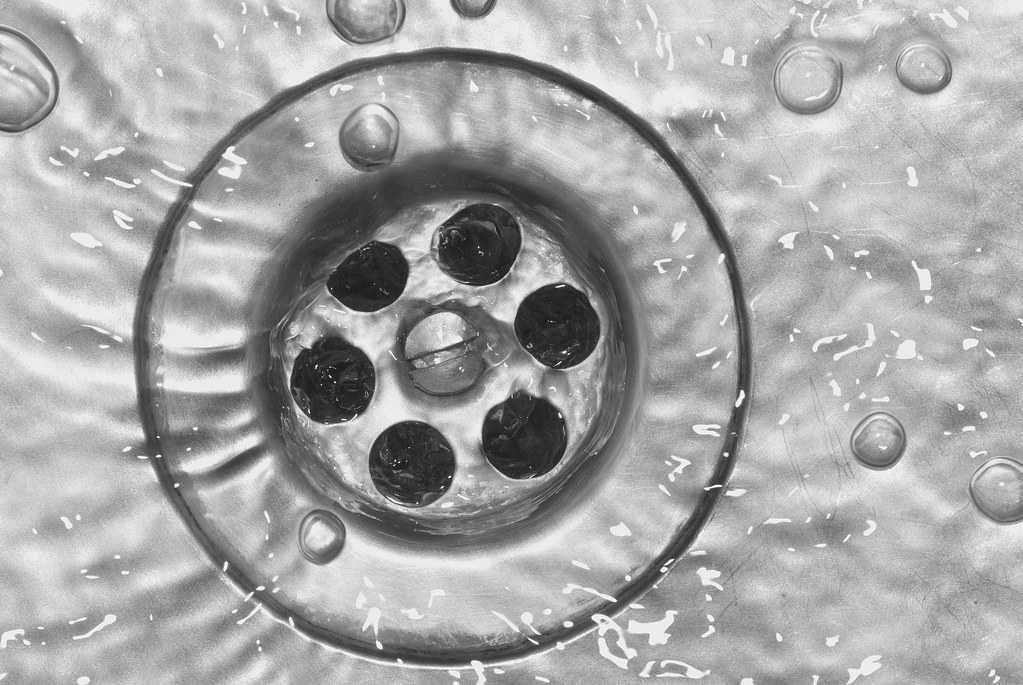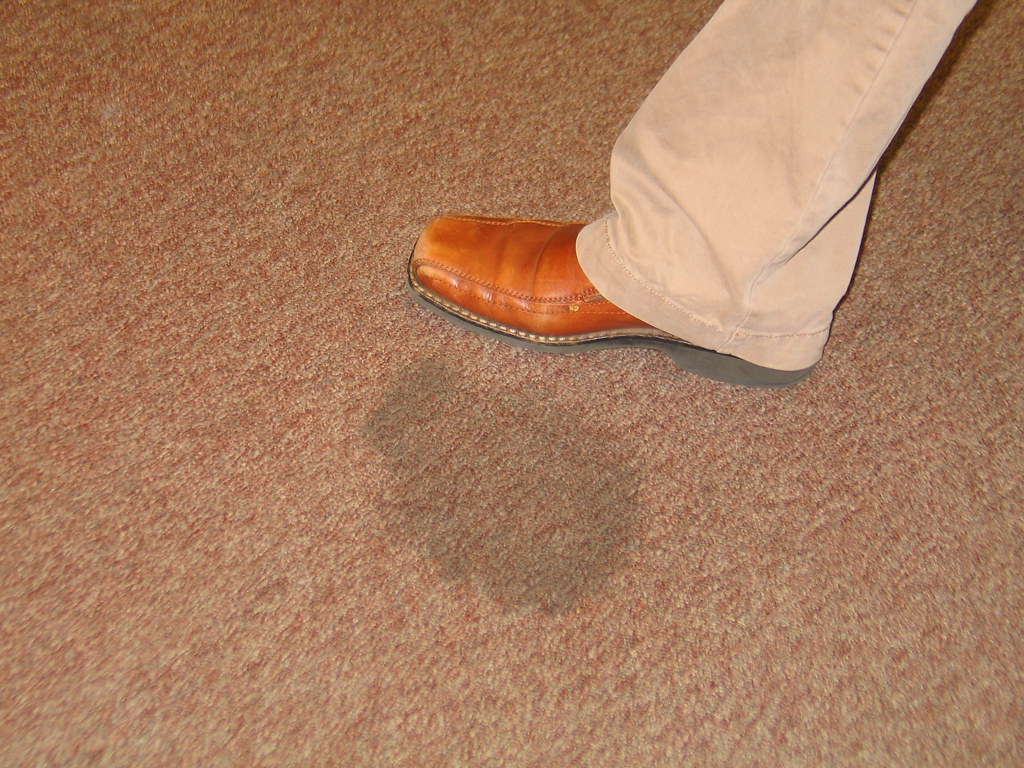Due to the pandemic, we’ve learned much about gym infections and ways to keep gyms clean and healthy.
For instance, several research studies have concluded there are more germs, viruses, and bacteria on commonly shared gym equipment than we may have realized.
Further, weight training equipment tends to get more contaminated than aerobic equipment. That was a surprise because people tend to sweat more on aerobic equipment.
We’ve also discovered that cracks, breaks, or fissures in gym equipment and the vinyl that covers them become perfect homes for pathogens. This has proven to be such a concern that in some gyms, fitness trainers now cover the machine with a towel before their clients use it. This way, there is a barrier between the client, the equipment, and harmful germs, viruses, and bacteria.
Now that we’re aware that we must be careful when using gym equipment, the following are some of the most common gym infections.
Staph Infections
Staphylococcus, which causes staph infections, is the most common bacteria in gyms. Most of us have some staph bacteria on our skin all the time, and it does not necessarily cause a problem. But when we work out in a gym, there are more chances to come in contact with these bacteria. If it collects in perspiration, it can find its way into a cut on the skin, and that’s when it can enter the body, causing red, swollen boils that are painful. Typically, health care providers treat these infections with an antibiotic.
Impetigo
Like a staph infection, this skin infection is more common among children but may be contracted by adults in a gym. It causes tiny blisters that eventually burst, leaving wet patches on the skin that continue to release fluids. From here, rashes develop. Once again, antibiotics are typically necessary to treat this infection.
Dermatophytes
Don’t worry; it’s not as bad as it sounds. Dermatophytes refers to ringworm, athlete’s foot, and jock itch, and it is the most common type of fungal infection found in gyms. Surprisingly, the fungus that causes dermatophytes likes some skin more than others. Your gym partner may come down with dermatophytes by walking barefoot in a locker room, but you may walk barefoot in the same area and not have a problem.
Colds and Flu
Most of us think that colds and flu are transmitted by inhalation — inhaling droplets of the virus after someone sneezes. That’s true, but those same droplets can land on gym equipment, door handles, and other surfaces in the gym. We become ill when we touch them and then touch our eyes or mouth.
Protecting Ourselves from Gym Infections
Aware of these infections, how can we protect ourselves? The best protection for gym users comes from regular handwashing. Wash your hands before working out, then again, every 20 to 30 minutes, and finish your workout by washing your hands once more.
For gym owners and managers, it’s imperative to use effective cleaning solutions to protect members. For instance, the Pronatural Brands All Purpose Cleaner should be used on all shared equipment in a gym or health club. Certified safe by the EPA Safer Choice program, it is naturally derived and provides excellent cleaning performance.
However, a sanitizer may also be necessary. Our LEXX® Liquid Sanitizer and Cleaner Concentrate kills approximately 99.999 percent of most germs, viruses, and bacteria within two minutes. Registered by the EPA, this means it has been independently evaluated and proven to be effective, it is also safe and naturally derived.






